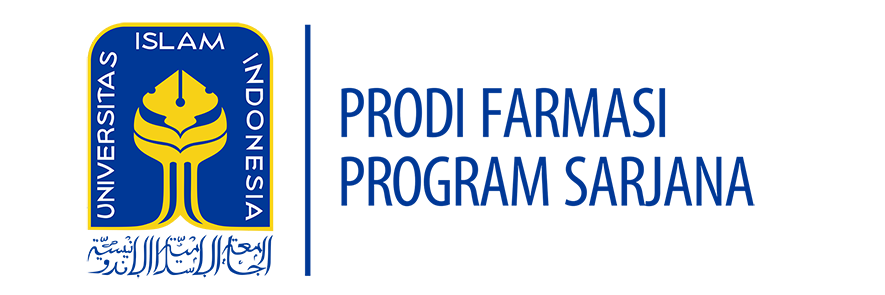| Module Name |
Nutrition and Diet Therapy |
| Module Level, If Applicable |
4th Year |
| Code, If Applicable |
SFA-988 |
| Semester (S) In Which The Module Is Taught |
Seventh Semester |
| Person Responsible For The Module |
Apt. Chynthia Pradiftha Sari, M.Sc |
| Lecturer(S) |
Apt. Chynthia Pradiftha Sari, M.Sc |
| Language |
English-Indonesian |
| Relation To Curriculum |
Elective Courses |
| Types Of Teaching And Learning |
Class Size |
Attendance Time (Hours Per Week Per Semester) |
Forms Of Active Participation |
Workload |
| Teaching |
50 |
2 |
Lectures |
Lectures: 2 (Hours) X 14 (Meeting) |
28 |
| Preparation And Follow Up: 4 (Hours) X 14 (Self-Learning) |
56 |
| Group Discussion |
50 |
1 |
Case-Studies And Report Writing |
Practical: 1 (Hours) X 12 (Meeting) |
12 |
| Preparation And Follow Up: 2 (Hours) X 12 (Self-Preparation) |
24 |
| Total Workload |
120 Hours |
| ECTS |
4.29 ECTS |
| Credit Points |
3 CU |
| Requirements According To Examination Regulations |
Minimum Attendance At Lectures Is 75% (According To Uii Regulation). Final Score Is Evaluated Based On Assignment And Reports (40%), Mid Semester Exam (30%), And End Semester Exam (30%). |
| Recommended Prerequisites |
Pharmaceutical Dispensing |
| Related Course |
– |
| Module Objectives/Intended Learning |
On Successful Completion Of The Course Students will be able to
- choose a balanced diet menu that is halal in accordance with Islamic law
- distinguish between diet and nutrition therapies and applicable regulations
- understand the stages and types of diet and nutrition therapy
- calculate calorie needs and provide education related to calories and balanced nutrition
- provide nutritional therapy options for specific cases
- provide recommendations for a balanced healthy diet menu and practice it
|
| Content |
- Differentnutritional materials for pharmacists, nutritionists, doctors, nurses
- Defficiency of nutrition and a balanced diet
- Stages of a healthy diet and balanced nutrition
- Choice of types of balanced diet nutrition
- Nutritious food groups
- Types of diet (GM, OCD, KETO etc.)
- Estimated daily calorie requirements based on age, gender and physical activity
- Menulis and bring a healthy diet menu
- Types and examples of nutrition for special populations (children, pregnant women, geriatrics)
|
| Study And Examination Requirements And Forms Of Examination |
Mid-Term, Final Term, Group Paper |
| Media Employed |
Slides (Power Points), And Video |
| Reading Lists |
- Burgerstein’s Handbook of Nutrition: Micronutrients in the Prevention and Therapy of Disease. Michael Zimmermann 2001
- DIETARY GUIDELINES FOR AMERICANS 2015-2020 ed 8, DietaryGuidelines.gov
- https://www.who.int/elena/titles/full_recommendations/sam_management/en/
- BALANCED NUTRITION GUIDELINES, MINISTRY OF HEALTH RI 2014
|
